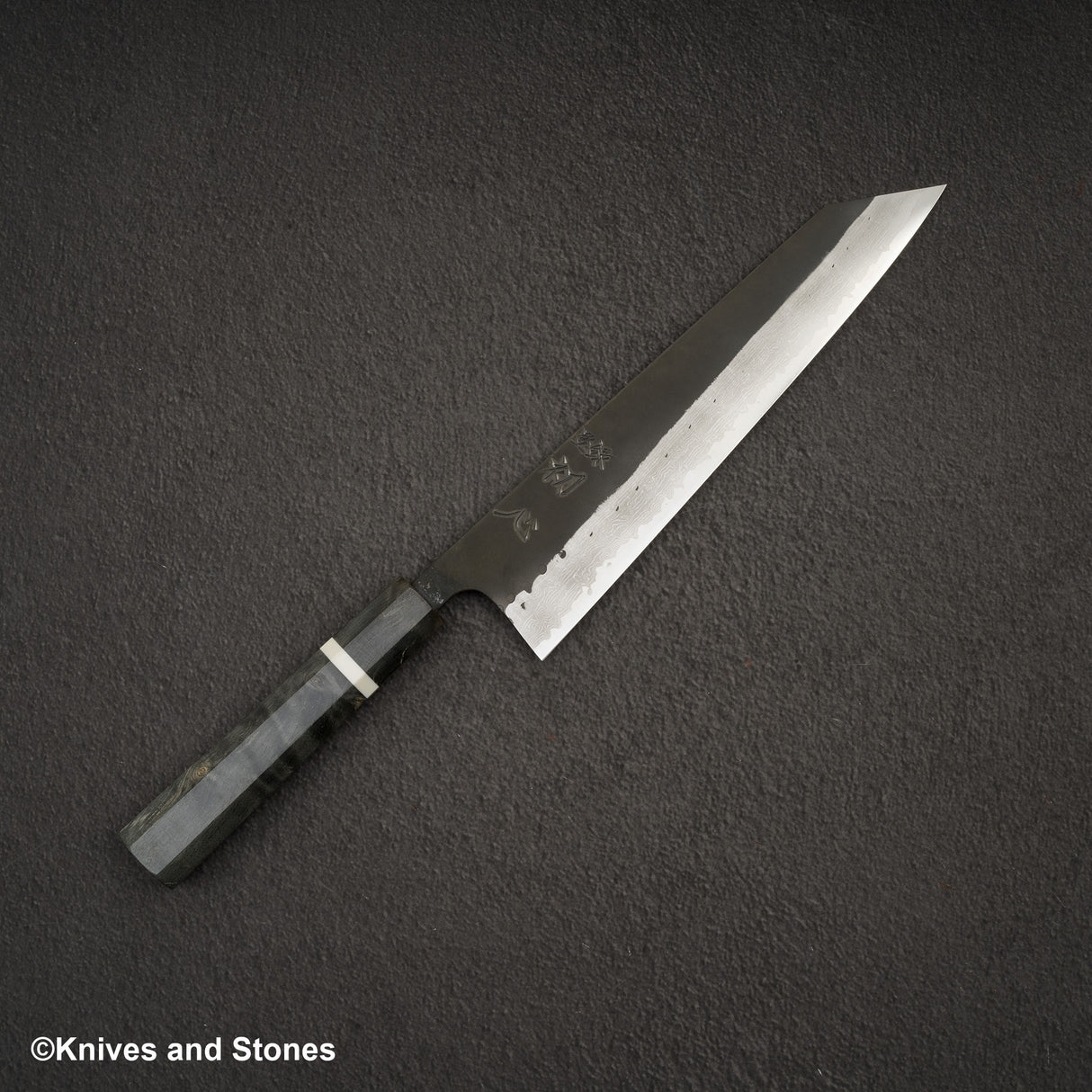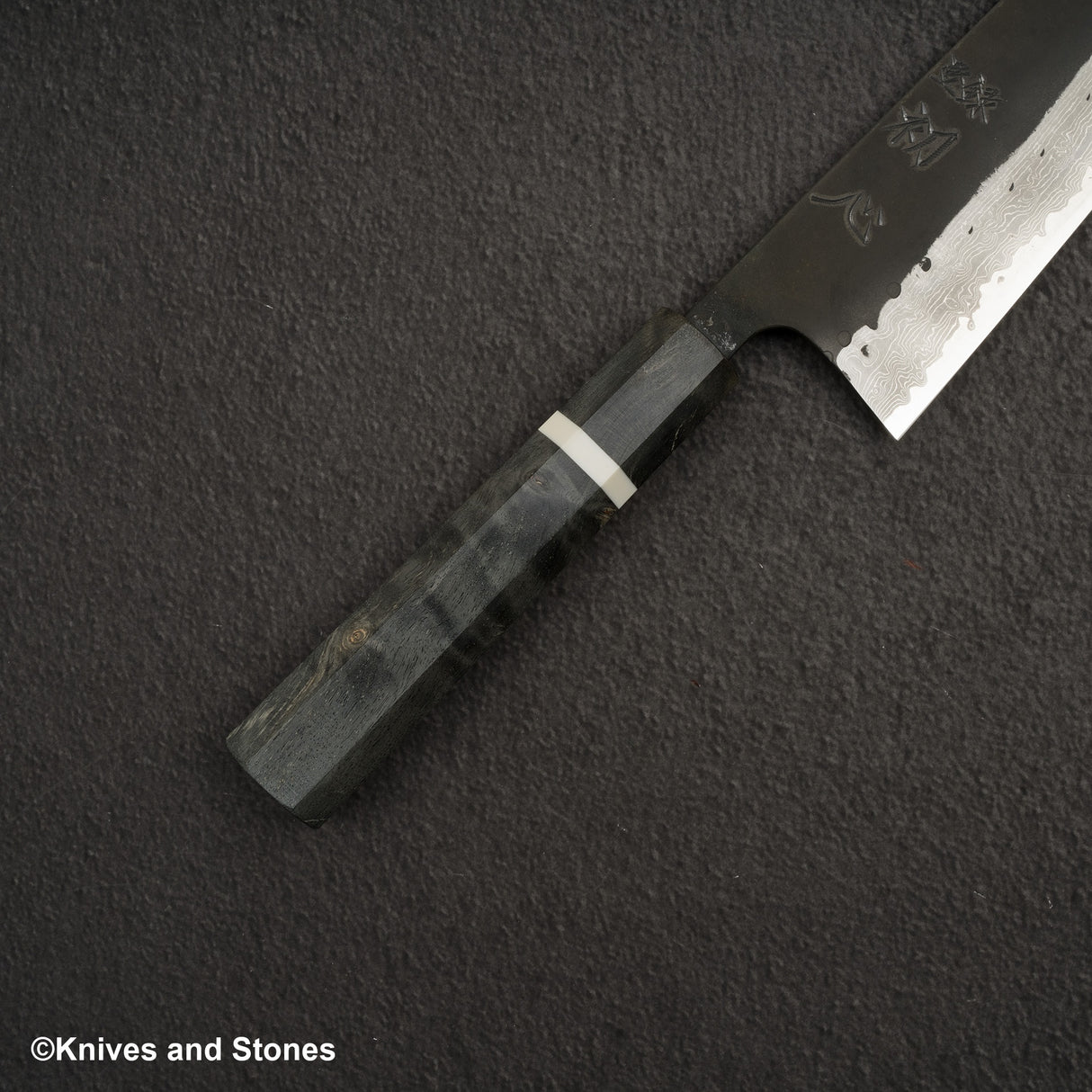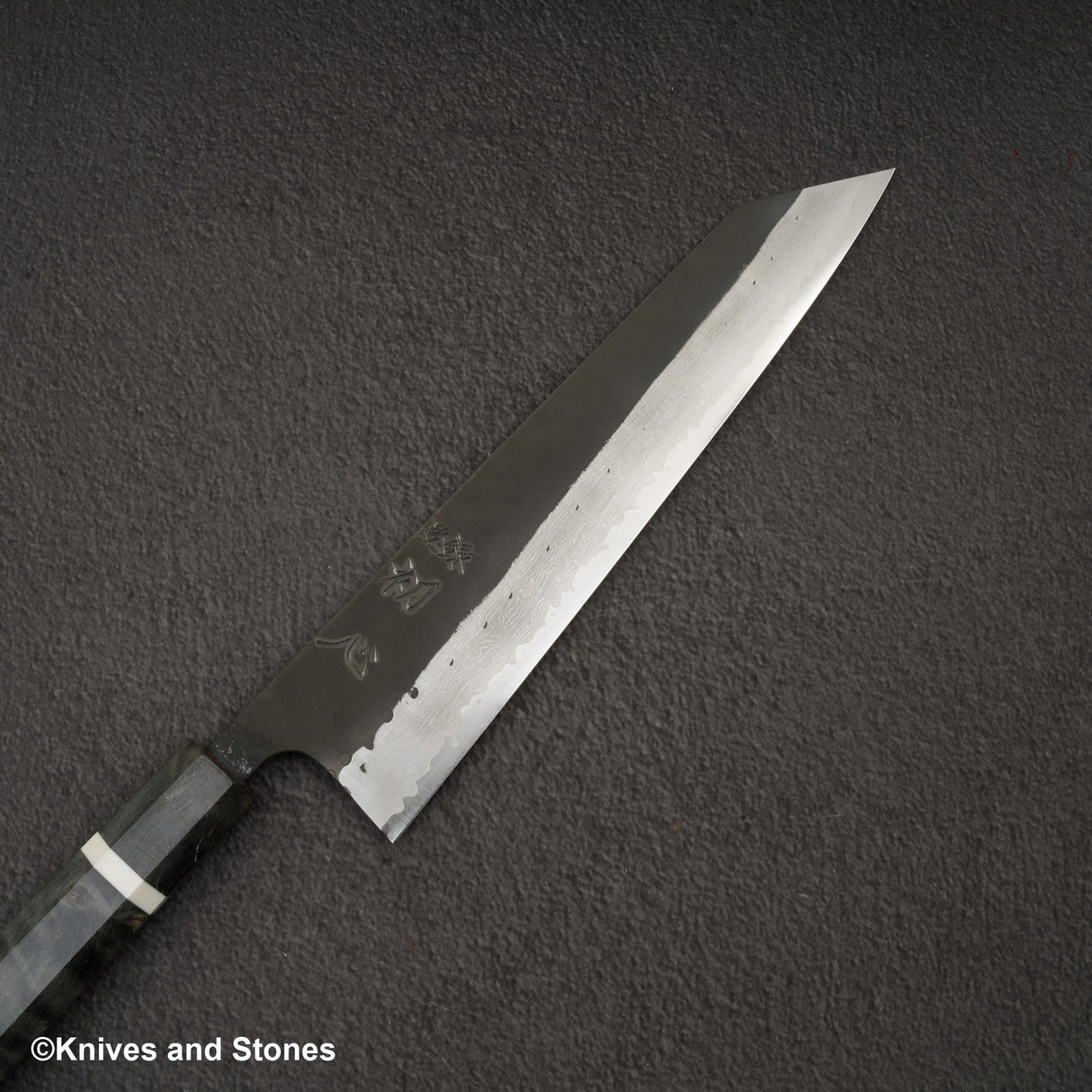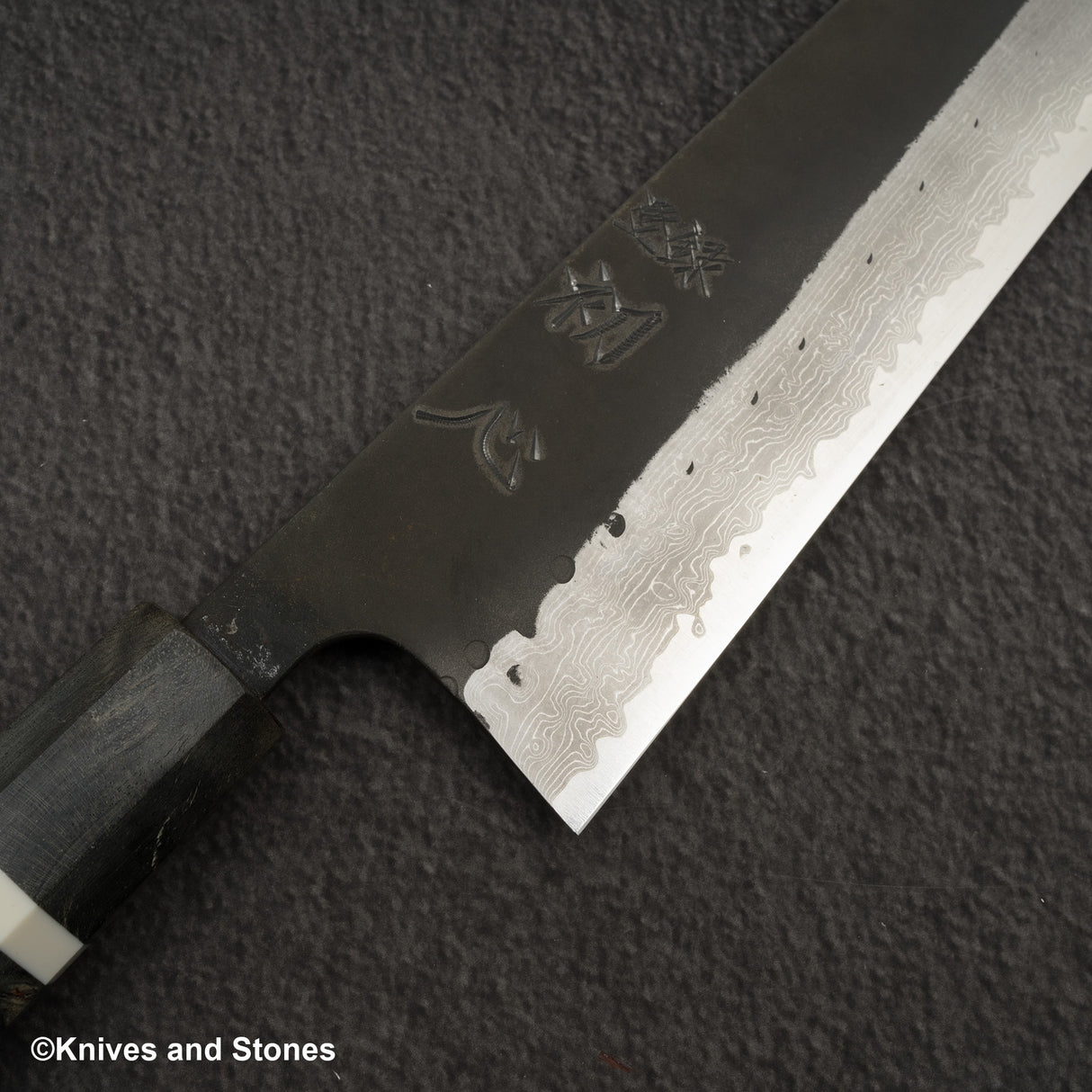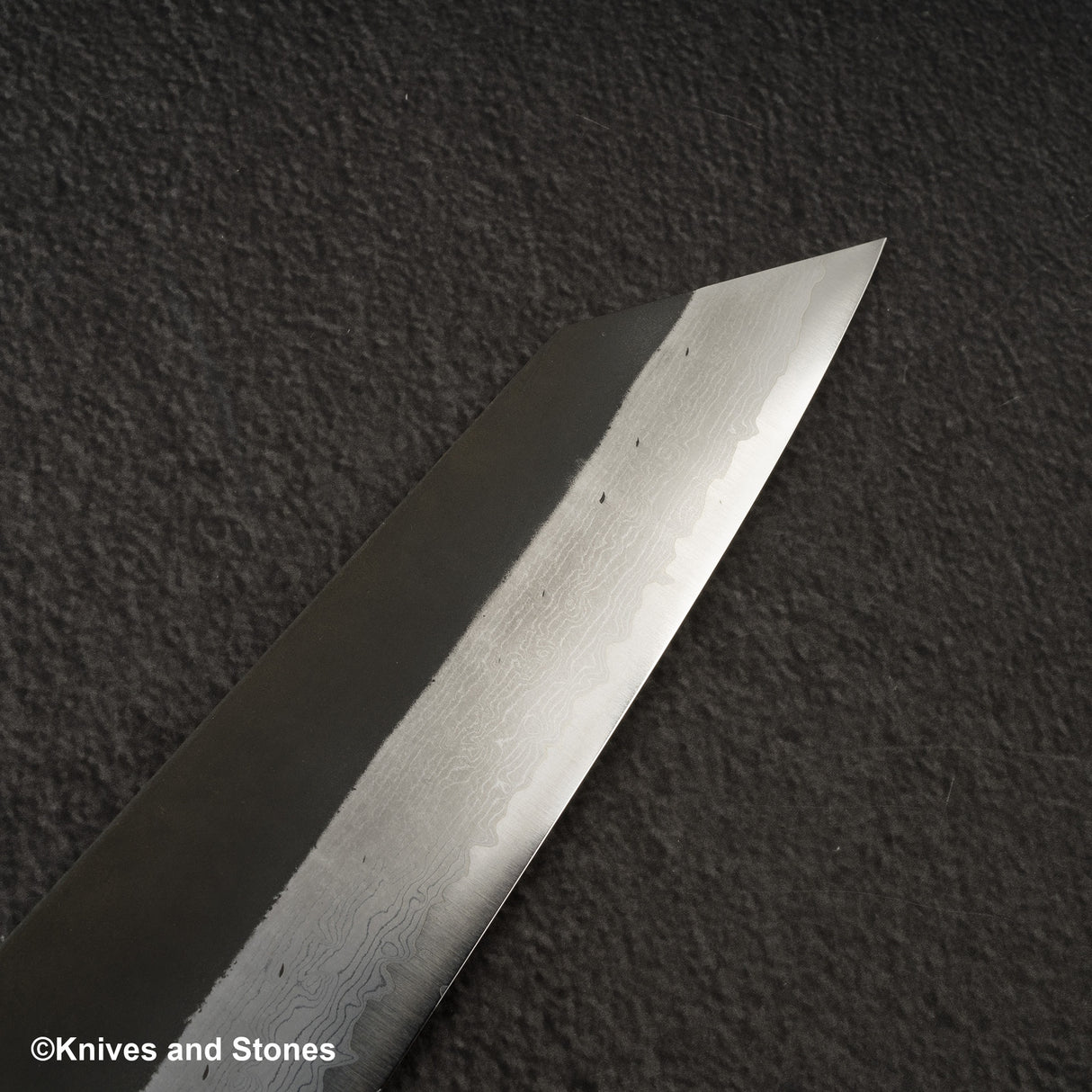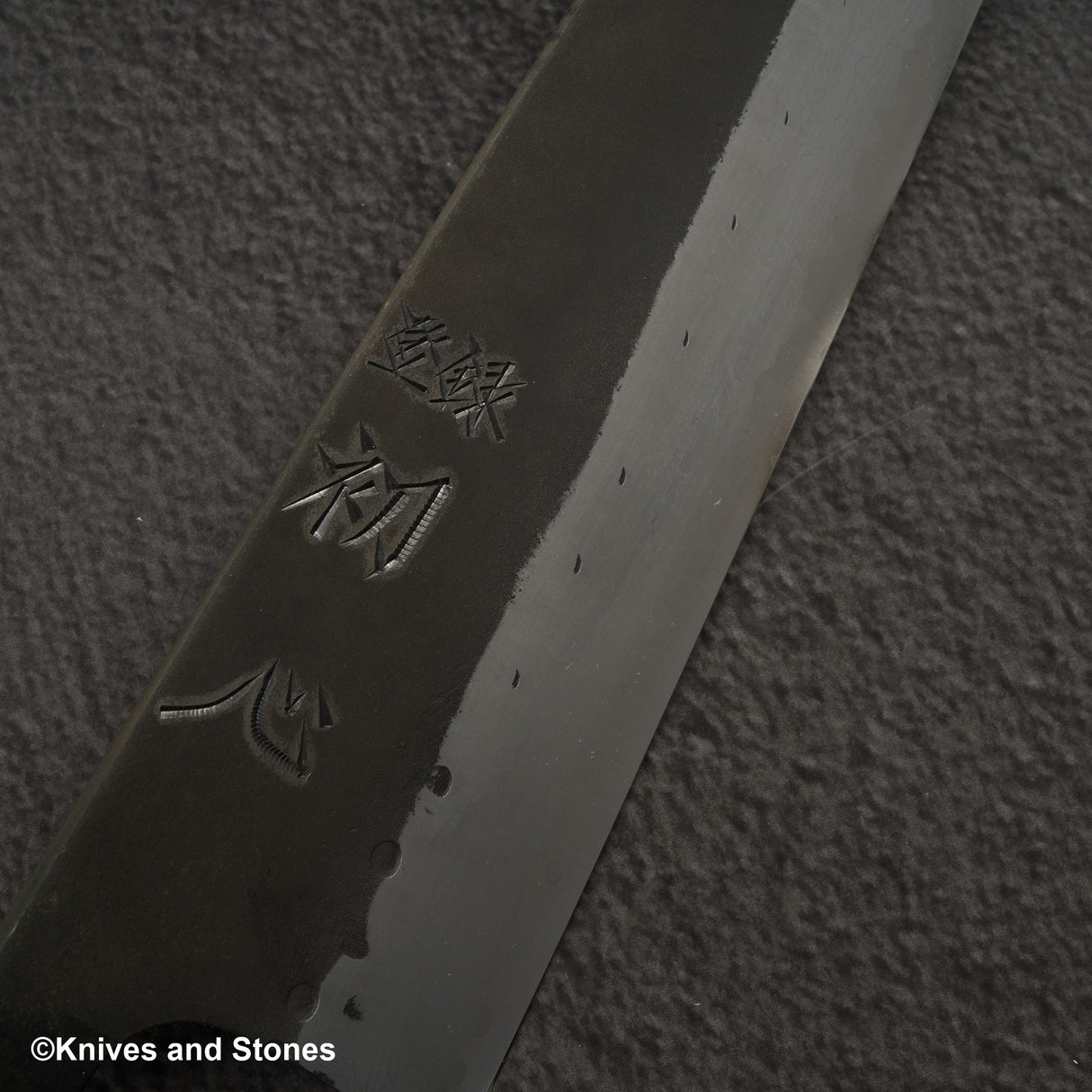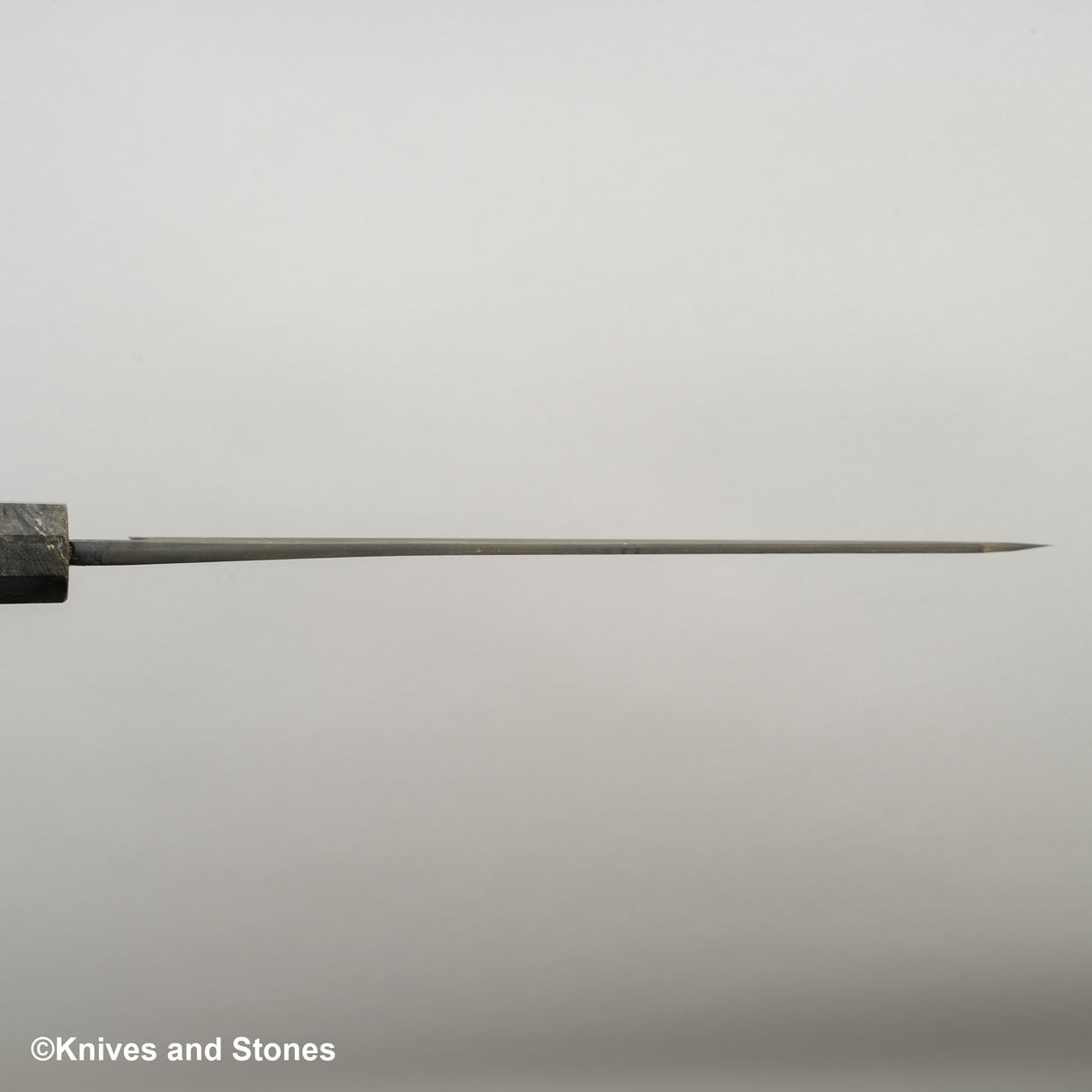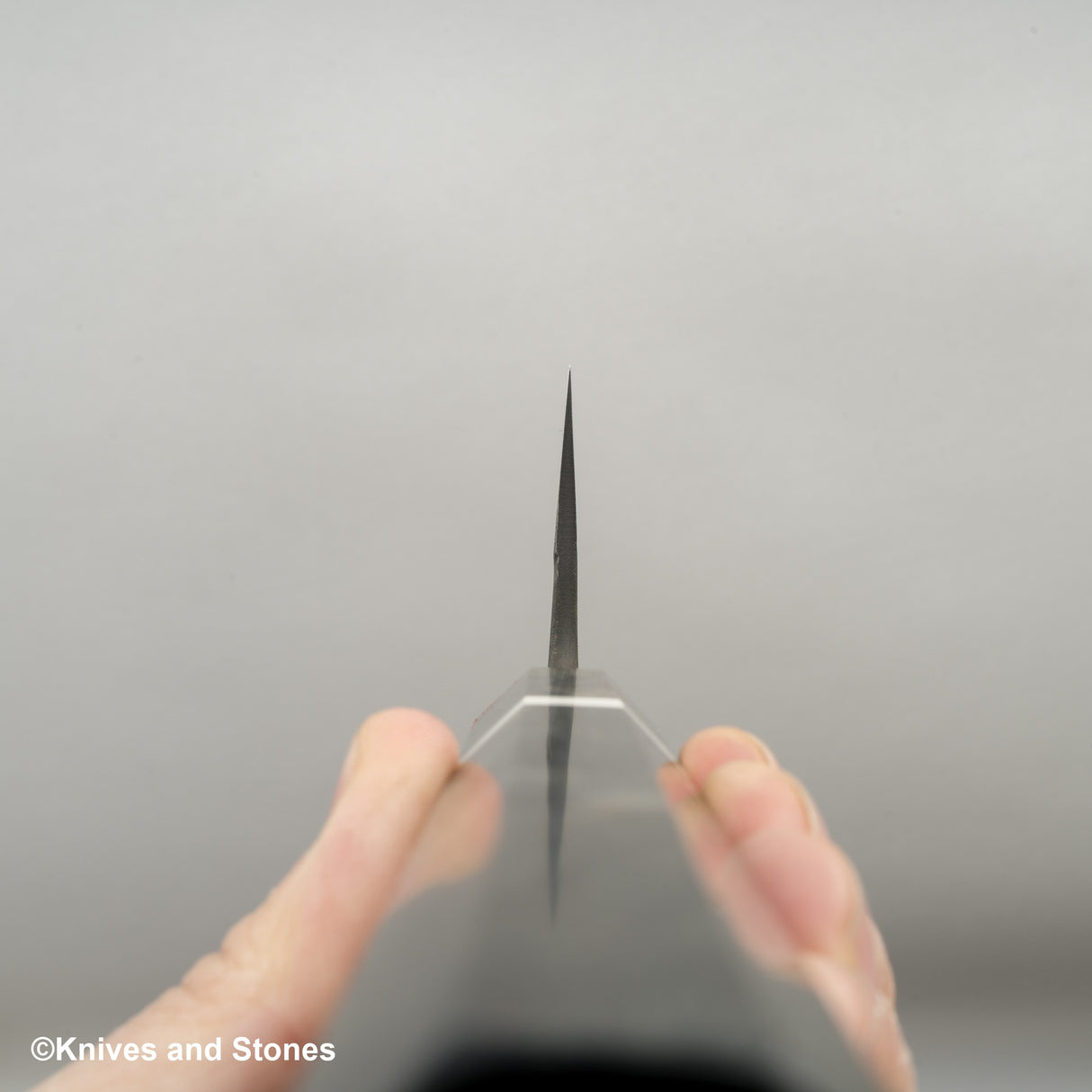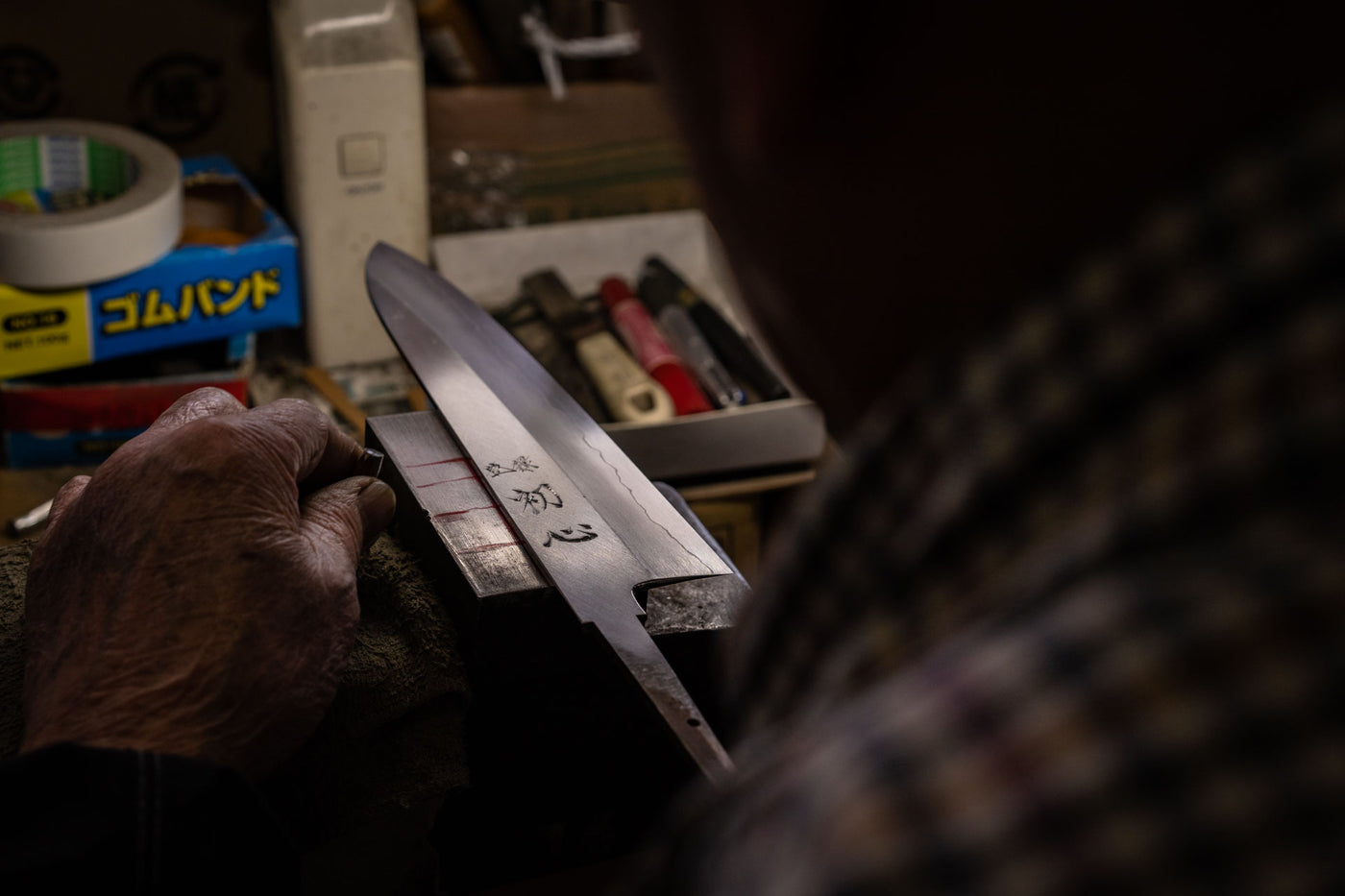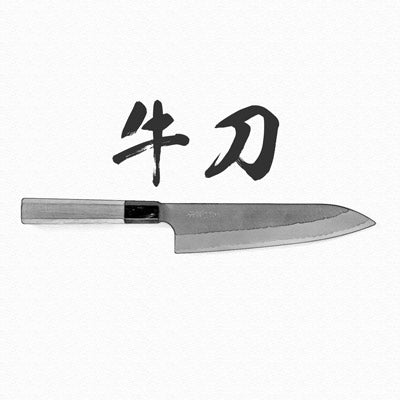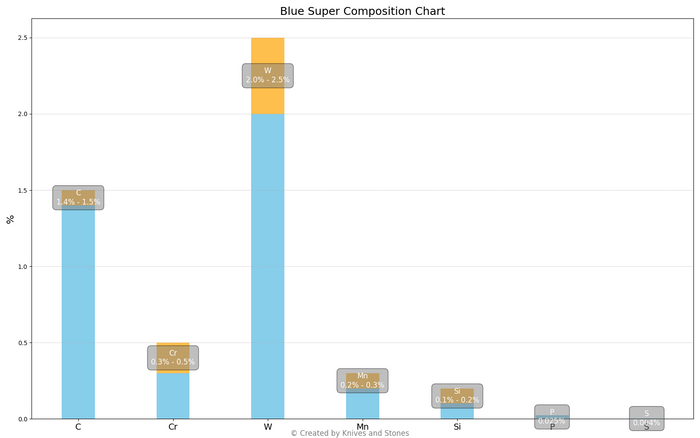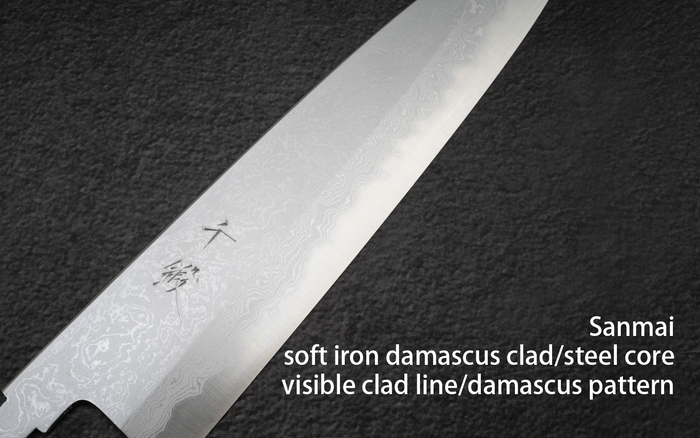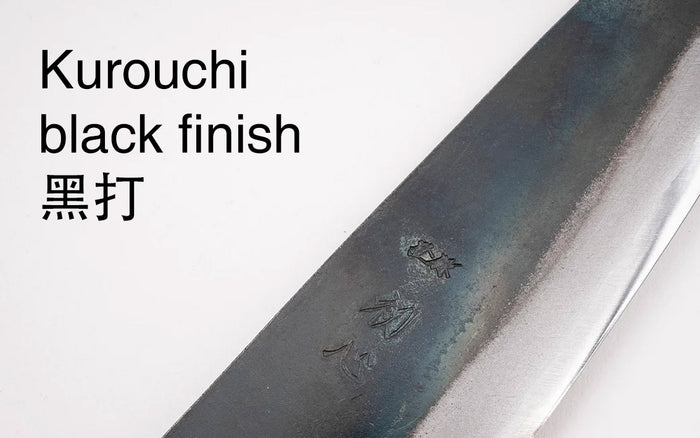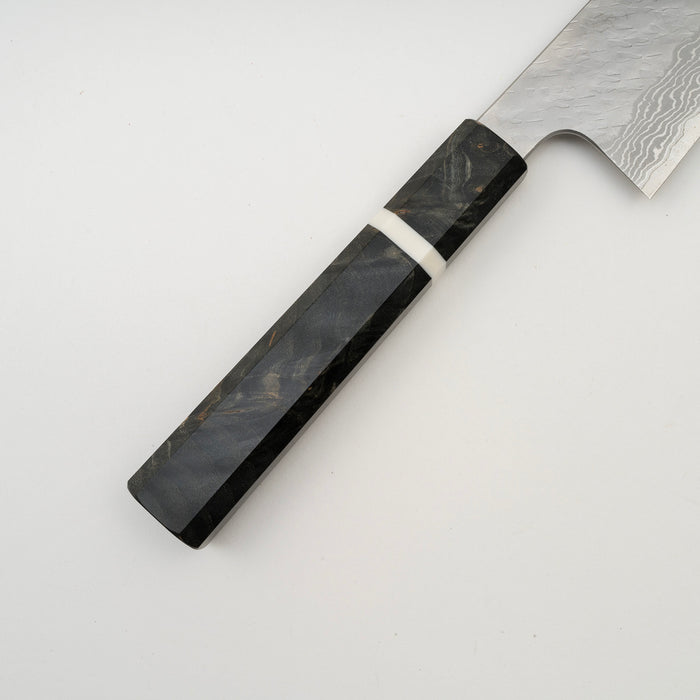Hatsukokoro Shinkiro Aogami Super Damascus Kurouchi K-tip Gyuto 240mm Birch Handle
Hatsukokoro Shinkiro Aogami Super Damascus Kurouchi K-tip Gyuto 240mm Birch Handle is backordered and will ship as soon as it is back in stock.
Couldn't load pickup availability
K&S Price: AU $769.00* inc. tax , vs:
| Store CE | AU $789.0 | -2.6% |
* For overseas buyers you pay no GST (10%) and low shipping rate.
Last Update: 2025-04-24T17:05:25Z
Detailed Specifications
| Line | Hatsukokoro Shinkiro |
| Profile | Gyuto / Chefs Knife |
| Bevel Type | Double Bevel |
| Weight | 260 g 9.17 oz |
| Edge Length | 244 mm .9.61 inch |
| Heel Height | 54 mm .2.13 inch |
| Width @ Spine | 4.4 mm 0.17 inch |
| Width @ Mid | 2.6 mm 0.1 inch |
| Width @ 1cm from Tip | 0.8 mm 0.03 inch |
| Steel | Blue Super / Aogami Super | Carbon |
| Blade Construction | Sanami - Soft Iron Damascus Clad |
| Hardness (HRC) | 62 - 65 |
| Surface Finish | Kurouchi |
| Handle | Octagonal Birch Burl with Spacer |
| Region | Hyogo |
| Best for |
|

| Pros | Cons |
|
|
|
Care Instruction
- Don't cut hard things! Japanese knives are brittle so bone hacking is a NO NO!
- Wash with neutral detergent after use, and wipe dry;
- Please don't wash knife with dishwasher, it will damage the wood handle;
- Be careful not to leave the knife close to a heat source for a long time;
- It is a lot more dangerous to cut with a blunt knife than a sharp knife!
- It is best to sharpen a Japanese knife regularly on a waterstone.
- Oil the (carbon) knife if storing for an extended period of time to prevent rust.

